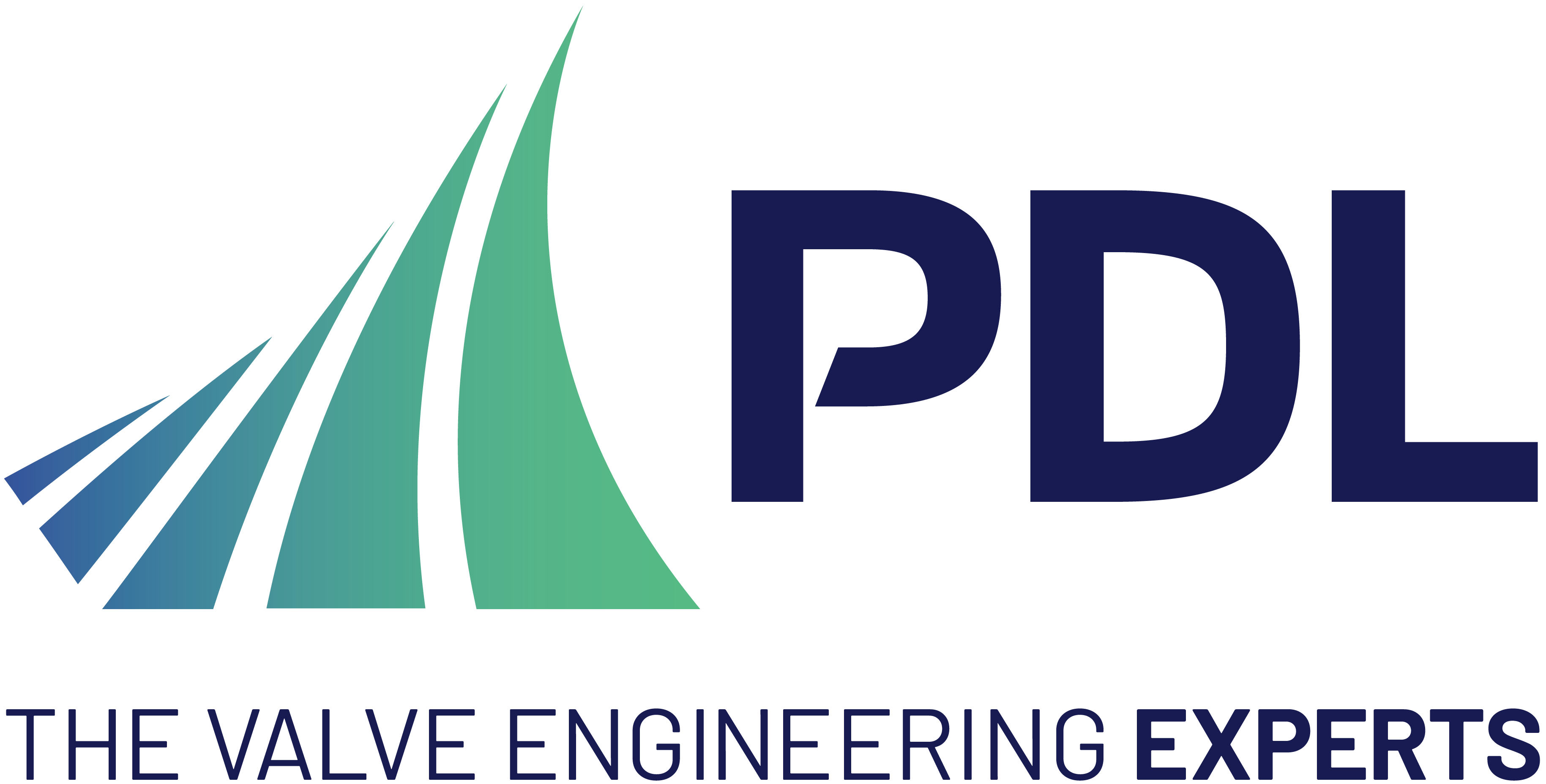PDL Use Finite Element Analysis for HISC Assessment
Preventing Brittle Facture for Valve Manufacturer

Temperature profile through the valve

Convection coefficient applied to external surfaces

Strain within bonnet
PDL Engineering Group has a wealth of experience in applying advanced engineering software to solve complex technical problems on valve and actuator projects.
Recently the team supported a valve manufacturer who had designed a 15ksi subsea gate valve ready to manufacture for use in the oil and gas industry. The valve components were designed using Duplex stainless steel for advantages with regard to corrosion resistance and strength. However, as the valve would be subjected to cathodic protection when installed subsea, it was susceptible to Hydrogen Induced Stress Cracking (HISC). The valve was a safety critical component, containing high pressures and subjected to thermal loading. The client needed to show compliance to the industry standard DNV-RP-F112 for the end user to have confidence in their product.
The experienced analyst team used Finite Element Analysis (FEA) using a half-symmetry model of the designed valve to reduce assessment time whilst maintaining accuracy. The main components of interest were the Valve Body, Bonnet, Pusher and Housing. The flange connection, bolts, and seal ring were included in the model to create an representative setup, although these parts were not directly assessed. Non-linear material properties were assigned for the assessed components to comply with the Category 2 criteria of DNV-RP-F112.
The analysis considered design loads in the open and closed conditions to identify the worst-case combination. Convection effects were applied to the external surfaces of the valve which represented heat transfer to the surrounding seawater. The calculated (temperature dependent) coefficients were generated using PDL’s in-house tool and considered the geometry and orientation of the external faces of the valve. The results (temperatures) of the thermal analyses were imported into the structural load cases to determine the stresses and deflections due to thermal gradients.
Significant failures were identified in one component, and the team provided multiple design recommendations to address the issue. Within the same component there were locations with a more marginal failure, and for these failures the team suggested modifications that could be made to the analysis to reduce some conservatism.
A pass against the HISC assessment criteria was demonstrated for the housing component, however, the team identified there were stresses beyond the material yield stress through-section in some regions. Therefore, they recommended a structural assessment, in line with an applicable design code such as ASME BPVC VIII Div. 2.
The quick identification of failures meant that design issues were discovered before manufacturing had begun, reducing costs and wastage for the client.
To find out more about PDL’s proven track record with clients who rely on them to understand, validate and optimise their valves and actuators visit the PDL website https://pdl-group.com or connect on LinkedIn https://www.linkedin.com/company/pdl-solutions-europe-ltd.
Telephone: + 44 (0) 1 434 609 473
Email: solutions@pdl-group.com
Website: www.pdl-group.com

| Telephone: | 00 44 1434 609473 |
| Email: | solutions@pdl-group.com |
| Website: | www.pdl-group.com |
| More information on the PDL Solutions (Europe) Ltd BVAA Member Directory Page |
Search related valve / actuator articles: PDL Solutions (Europe) LtdIssue 87Gate ValvesCFD & FEA







-web.jpg)





